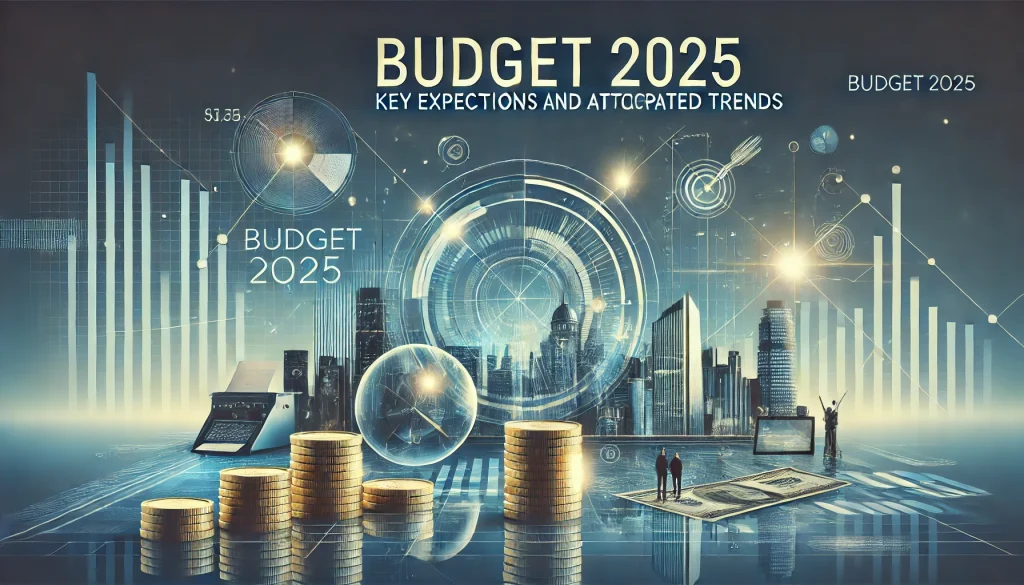The long-awaited Budget 2025 arrived with a flurry of reforms and bold promises—but the stock market’s first reaction wasn’t all applause. While Finance Minister Nirmala Sitharaman aimed to boost sectors like infrastructure, manufacturing, and tech-driven industries, both the Sensex and Nifty closed lower on Budget Day. So, what do analysts have to say about the winners and losers of this roller-coaster session? Let’s break it down in plain language.
Table of Contents
1. The Market’s Immediate Reaction to Budget 2025
Soon after the budget speech, the Sensex dipped, dragging the Nifty down alongside it. According to market watchers, the initial shock factor often appears when investors find new announcements different from their expectations—or when large foreign investors readjust their positions in response to policy changes.
Why the Dip?
- Higher Fiscal Targets: Some analysts were bracing for a more conservative approach in government spending.
- Global Headwinds: Ongoing global market uncertainties led foreign investors to stay cautious despite pro-growth policies at home.
2. The Biggest Winners
a. Infrastructure & Green Energy
Budget 2025 promises a dedicated push toward building roads, railways, and renewable energy projects. Analysts say infrastructure-focused stocks may see longer-term gains once the new capital expenditures trickle down into actual contracts.
Buzzwords to Know
- Green Bonds and Clean-Tech Incentives are expected to spur eco-friendly ambitions in both public and private sectors.
b. Consumer-Focused Sectors
From streamlined personal taxes to encouraging domestic manufacturing of gadgets, consumer-facing brands have something to cheer about. If disposable income goes up—or even if sentiment rises—expect a ripple effect on retail and e-commerce industries.
3. The Potential Losers
a. Select BFSI Stocks
While the banking, financial services, and insurance (BFSI) segment usually benefits from budgetary measures, some stocks could face short-term pressure if the fiscal roadmap indicates tighter liquidity or narrower spreads.
b. Export-Oriented Companies
Global uncertainties persist. If foreign markets slow down further, certain exporters may experience softened demand, despite strong government support.
4. Analyst Outlook: What’s Next?
Experts urge investors not to panic. Instead, they recommend waiting for more clarity on policy implementation. Markets may remain volatile, but well-positioned companies—especially those aligned with government priorities like manufacturing, digital infrastructure, and sustainability—could flourish over the long haul.
Top Tips:
- Track Policy Clarity: Look for finer details in the fiscal roadmap.
- Diversify Your Holdings: Spread investments across multiple sectors to lower risk.
- Stay Informed: Budget announcements are only the first step; implementation timelines matter.
5. Final Thoughts
Budget 2025 is more than a headline—it’s a blueprint for India’s future. Yes, the Sensex and Nifty took a brief hit, but seasoned analysts remind us that short-term volatility often disguises long-term potential. From infrastructure to greener tech and consumer segments, there are plenty of bright spots worth watching. As the dust settles, keep an eye on how new policies translate into on-ground action—because that’s where the real wins (and possible losses) will become crystal clear.






